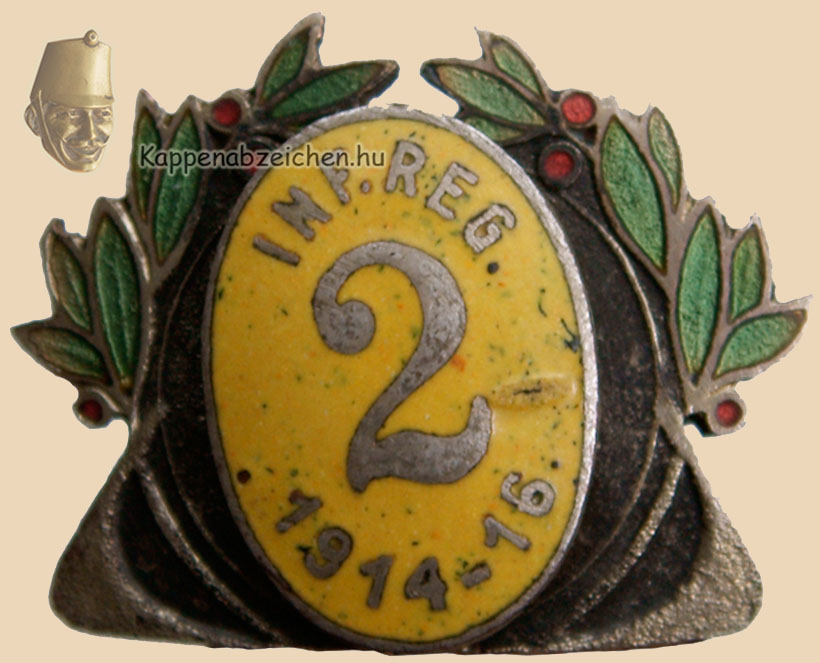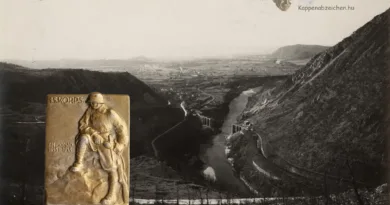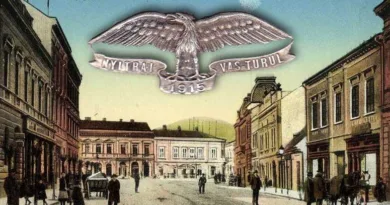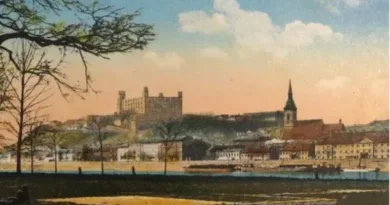IR 2
Home Regiment of Brassó. According to the attached photo, the barracks building was built around the turn of the century, as was the case with many other monarchical garrisons. After all, at the peak of the Monarchy’s development, more money was allocated for this purpose, as well as for the construction of schools, hospitals, and theaters.
Brassó was the largest city in the southern part of Transylvania, an administrative and military center. Corps headquarters was based in the city. Thus, of course, infantry and artillery regiments, and even a hussar regiment, lived here. They enlisted from the nearby Szekler areas (Háromszék county) in the 2nd infantry regiment, although more so in the 82nd regiment, whose command was also located in the region, in Székelyudvarhely. Brassó is still an important city, not only a county but also a regional center.

At the beginning of the Great War, the 2nd infantry regiment and the 16th division were assigned to the XII. corps in Brassó and fought in Galícia. In the summer of 1916, the regiment was decimated in the Brusilov offensive and was withdrawn from frontline. From September, they fought in the Italian front for a while, in the 7-10th Isonzo battles, in the southern part of the Karst Plateau, in the Mdeazza area. In June 1917, they returned to Galicia, attached to the 3rd Army, in the Stanislau district, and took part in repelling the Kerensky offensive. In the spring of 1918, they were ordered back to the Italian front, in Tyrol. They did not succeed in the Piave offensive even at the cost of heavy losses. After the collapse, they returned home, and despite the general disarmament in Hungary, most of the regiment’s crew remained in arms and joined the Székely Division, which faced the invading Romanian troops in Transylvania.

Perhaps the most beautiful of the regiment’s badges is the small enamel badge with the regimental number on a lapel-colored base surrounded by laurels.




